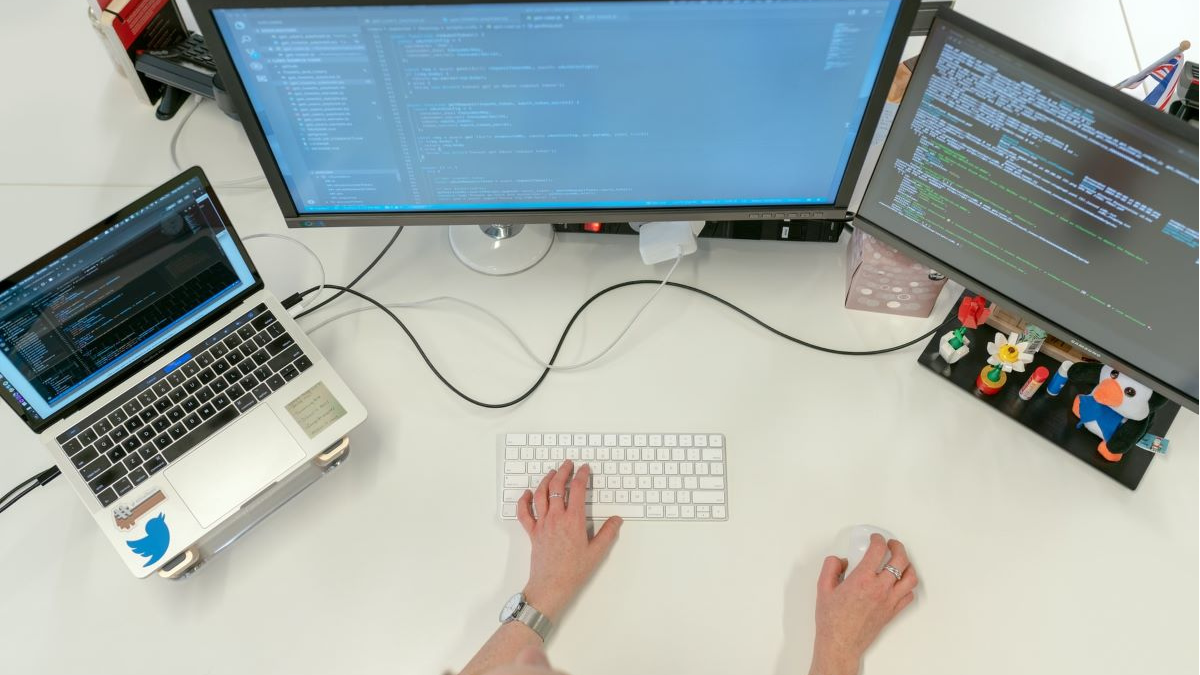The software industry is changing rapidly, and as programmers and software developers, we must keep up with this pace of change and stay updated. Newer technologies have emerged, and existing ones are gaining momentum and popularity as their applications increase. With 5G internet, ML, AI, and IoT taking over, we’re headed towards a paradigm change in the upcoming years. Here’s a list of coding trends to watch out for in 2021:
Table of Contents
Native App development
Cross-platform functionality is a critical feature in App development frameworks such as ReactJS and Native. However, mobile apps have established themselves as a powerful touchpoint with customers via notifications, alerts, access to user information, and a smoother user experience. Organizations have begun to acknowledge the importance of apps modified to perform optimally in a specific environment, i.e. Native App development, to enhance user experience and deliver higher performance.
Big Data
Data will continue to hold its position of power in 2021. As organizations struggle to analyze the tremendous amounts of user data, two large-scale data processing tools – Hadoop and Apache Spark are wrestling for market share. Apache Spark, however, seems to be much ahead of Hadoop in this combat. Apache Spark runs around ten times quicker on disc and 100 times faster in-memory than Hadoop. Furthermore, because Spark was created to tackle Hadoop’s drawbacks, the trend of replacing Hadoop with Spark is anticipated to continue this year.
Emergence of Rust
A recent trend in programming languages is the development of modern programming languages. Existing languages are difficult to grasp, carry unnecessary baggage, or have few libraries with functions that can be further optimized to suit newer processors. Modern languages are devoid of any baggage and can meet the needs of today’s developers. The majority of them emphasize developer comfort and support advanced features such as type inference, null safety, flexibility, and conciseness. Many of them are also built to use contemporary hardware infrastructure such as Cloud, Multi-Core, GPU, TPU, etc. Of these, Rust is expected to replace C/C++. Tech giants including Google and Amazon have already acknowledged its brilliance over C/C++-based framework Python.
Multi-Cloud
Amazon may lead the world’s cloud computing market right now; with its versatile and layered Cloud computing and storage packages, next year will see the rise of Multi-cloud. Multi-cloud is a method in which a company uses two or more cloud computing platforms to accomplish different activities. Organizations that don’t want to rely on a single cloud provider might pool resources from multiple providers to derive the most out of each service. This will increase the market share of other cloud providers such as Microsoft, Google, and Alibaba while increasing competition.
Containerisation steered by Kubernetes
Containerisation lies at the core of Cloud Native IT, be it in the Public Cloud, Private Cloud, or Edge Computing. Kubernetes has established itself as the dominant Container Orchestration and Management Technology for the last several years. On the other hand, Docker’s appeal as a Conternization Technology is fading. There are already efforts underway to standardize the container format and runtime, two of which have gained significant support in recent years. One is the Container Runtime Interface, which is spearheaded by Kubernetes (CRI). The other is the Open Container Initiative, which is led by the Linux Foundation (OCI).
Conclusion
We looked at popular trends anticipated to change the industry in 2021. It’s critical for developers to keep up with the most breakthrough toolkits and languages in the IT sector. Hands-on learning is unrivalled, especially when industry leaders serve as mentors. Look for projects that you can include in your portfolio to make it more impressive, and keep learning!
Happy Coding!
Author Bio
Harshita Bansal is a Technical Content Writer at Crio Blog, driven by her inexplicable love for coding and writing and the need to grow her career with industry-level experience. While the world grapples with specialising in a particular niche, her sole aim in life is to know a little bit of everything and be “The Jack of All Trades”.

